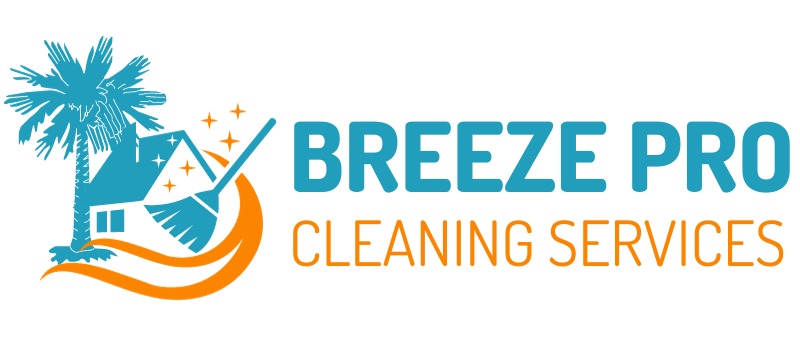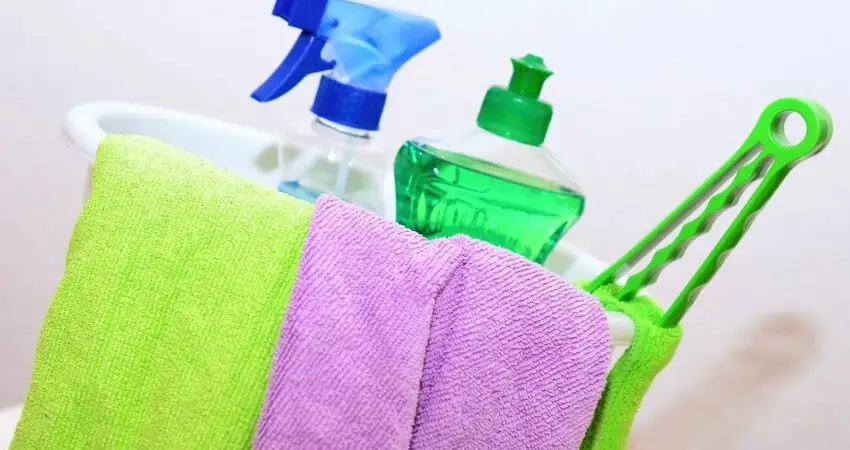Cleaning seems straightforward — spray, wipe, vacuum, repeat. But what if some of the things you’ve been doing for years are actually making your home dirtier? Many common cleaning habits are based on myths and outdated advice that can actually spread dirt, damage surfaces, and make cleaning harder in the long run.
It’s time to set the record straight. Here are 10 common cleaning myths — and what you should be doing instead to keep your home truly clean.
1. Myth: More Soap Means a Cleaner Surface
It’s easy to think that the more soap or detergent you use, the cleaner the surface will be. In reality, too much soap leaves behind a residue that attracts dirt and grime — making surfaces dirtier over time.
The Truth:
- Use only the recommended amount of soap or detergent.
- Rinse thoroughly to avoid buildup.
👉 Pro Tip: For floors and countertops, a small amount of mild cleaner mixed with warm water is often enough to lift dirt without leaving residue.
2. Myth: Bleach Cleans Everything
Bleach is a powerful disinfectant, but it’s not a cleaner. It doesn’t break down grease or dirt — it only kills bacteria and whitens surfaces. If you use bleach without cleaning first, you’re just masking the problem.
The Truth:
- Clean surfaces with a proper cleaner before using bleach.
- Use bleach sparingly and only on surfaces that can handle it (like tile or porcelain).
👉 Did You Know? Mixing bleach with ammonia or vinegar creates toxic fumes — always keep them separate!
3. Myth: Vinegar is a Universal Cleaner
Vinegar is praised as a natural cleaning solution, but it’s not suitable for all surfaces. Its acidity can damage natural stone (like granite and marble), rubber seals, and some hardwood floors.
The Truth:
- Vinegar works well on glass and stainless steel but should be avoided on natural stone and wood.
- For stone and wood, use a pH-neutral cleaner instead.
👉 Alternative: Use rubbing alcohol or a specialized stone cleaner for delicate surfaces.
4. Myth: Feather Dusters Actually Remove Dust
Feather dusters tend to spread dust rather than remove it, especially if they’re not treated with an anti-static spray. Instead of trapping dust, they push it into the air, where it resettles on nearby surfaces.
The Truth:
- Use a microfiber cloth or a damp dusting tool to trap dust.
- If you prefer a duster, choose one with electrostatic fibers designed to trap dust particles.
👉 Tip: Dust from top to bottom so that any falling particles get picked up at the end.
5. Myth: Windows Should Be Cleaned on a Sunny Day
Bright sunlight may seem ideal for spotting streaks, but it actually causes window cleaner to dry too quickly, leaving behind marks and residue.
The Truth:
- Clean windows on a cloudy day or during the early morning/late evening.
- Use a microfiber cloth or a squeegee for a streak-free finish.
👉 Pro Tip: A 50/50 mix of water and white vinegar works well for glass.

6. Myth: Baking Soda and Vinegar Make the Perfect Cleaning Combo
This is a popular “natural” cleaning hack, but mixing baking soda (a base) with vinegar (an acid) mostly just creates a fizzing reaction that produces water and carbon dioxide — not an effective cleaning solution.
The Truth:
- Baking soda is a gentle abrasive; vinegar works as a disinfectant — but they work better separately.
- Use baking soda to scrub and vinegar to dissolve residue afterward.
👉 Example: Clean a clogged drain by using baking soda first, then flushing with vinegar and hot water.
7. Myth: Hairspray Removes Ink and Stains
Hairspray used to work for stain removal when it contained alcohol — but most modern hairsprays are alcohol-free, so they just make stains worse by adding stickiness.
The Truth:
- Rubbing alcohol or a stain remover designed for fabrics works better.
- Blot (don’t rub) stains to avoid spreading them.
👉 For ink stains: Try using isopropyl alcohol and a clean cloth.
8. Myth: All Disinfecting Wipes Kill Germs Instantly
Most disinfecting wipes need to remain wet on a surface for several minutes to kill germs effectively. Wiping once and immediately drying the surface doesn’t give the disinfectant time to work.
The Truth:
- Check the label for the recommended “dwell time.”
- Allow the surface to air-dry after wiping.
👉 Pro Tip: For high-touch areas like light switches and door handles, give disinfectant wipes at least 4–5 minutes to work.
9. Myth: You Should Vacuum First, Then Dust
Vacuuming first stirs up dust and debris, which then settles on surfaces you’ve already cleaned.
The Truth:
- Dust first, vacuum second — always work from top to bottom.
- Finish with the floors to catch any remaining particles.
👉 Hack: Use a vacuum with a HEPA filter to trap finer dust particles.
10. Myth: Air Fresheners Clean the Air
Air fresheners mask odors rather than eliminate them. In fact, many contain chemicals that attach to airborne particles, but they don’t neutralize the source of the smell.
The Truth:
- Find and clean the source of the odor rather than covering it up.
- Open windows for ventilation and use baking soda to absorb lingering smells.
👉 Alternative: Try simmering lemon slices and rosemary in water for a natural, refreshing scent.
✅ Final Thought
It’s easy to fall into cleaning habits based on advice that isn’t actually effective. Small changes — like adjusting the order of cleaning steps or switching to more effective products — can make a big difference. When you focus on smart, science-backed methods, you’ll notice that your home stays cleaner longer — with less effort.

